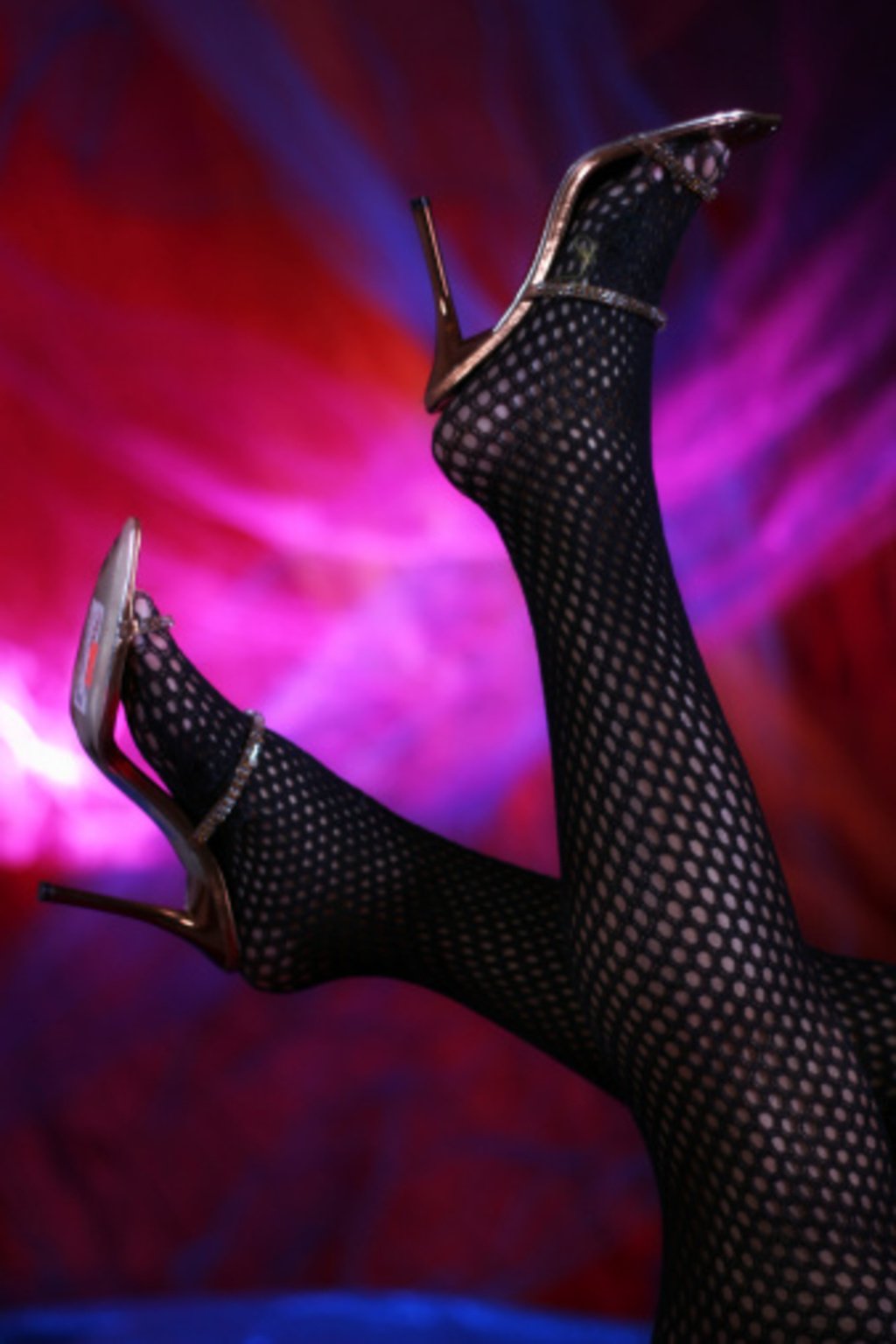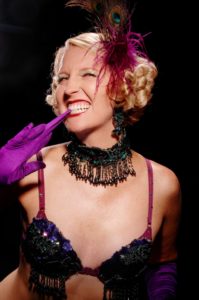 When I wrote about Museo de las Americas’ Cara a Cara exhibit in June, I never imagined I would be back to partake of a burlesque class there. Yes, you read that right: burlesque. At a museum. Wait, doesn’t that include pasties and um, removing clothing? At a museum? Quite possibility.
When I wrote about Museo de las Americas’ Cara a Cara exhibit in June, I never imagined I would be back to partake of a burlesque class there. Yes, you read that right: burlesque. At a museum. Wait, doesn’t that include pasties and um, removing clothing? At a museum? Quite possibility.
Vivienne Vavoom’s class and performance will take place on Thursday, Aug. 9 from 6-8 p.m. (and yes, I will be there to take the class and will probably need to drink an entire bottle of wine beforehand, but I digress). The museum is also hosting a poetry reading before Vavoom’s 7 p.m. show to contrast the concept of women’s voices with women’s bodies.
I sat down with Mel Piazza, Museo’s PR and marketing manager, to get the scoop on burlesque at a museum.
303: Why did you decide to have a burlesque dancer perform at Museo?
We at Museo constantly look for unique ways to engage audiences through all art forms. The burlesque revival happening in the world of entertainment right now makes us curious about what elevates it to a fine art—an idea present in its growth in popularity. The themes of attraction, seduction, identity and the interplay between detail and imagination underlie a lot of art, and we want to open that discussion a little further.
Mel Piazza: Why do burlesque now? Does it have some sort of significance to your current exhibits or anything?
We chose to do burlesque now because our current exhibition of masks touches on themes of duality and identity, and we are curious in particular about dualities that exist on the intimate level. We want our audience to question the distinct performances of the self that come up in both intimate and public settings. We want them to ask questions like: What types of masks do we find enticing or seductive? What masks do we wear to seduce others? What happens when we fall in love with someone and then take off the mask? Or when we see behind the mask of the other? The idea of performance is central to our current exhibition, and bringing burlesque
into it adds a new layer of depth to the discussion.
303: How do you think burlesque relates to art?
As we said, many themes found in art appear in burlesque as well. Art and burlesque share the beauty and romance—as well as the possible sense of voyeurism—found within the relationship between creation on the part of the artist and the viewing process for the audience. Art can be very seductive, and we see deconstructing or unmasking the themes in burlesque-as-art as a considerable topic for a museum.
MP: Why did you choose Vivienne?
We chose Vivienne because she is well known in the Denver burlesque scene. For one, she teaches burlesque. That, plus her passion for advocating burlesque as a medium that allows for personal liberation make her a great fit for this discussion. We also really appreciate her extensive course list with such catchy titles as Tassel Twirling.
Tassel Twirling? Oh my. Maybe I’ll need two bottles of wine beforehand instead. Either way, I can’t wait. It’s sure to spice up my Thursday night. How about yours?
 Stephanie Richards is the art and culture editor of 303 Magazine.
Stephanie Richards is the art and culture editor of 303 Magazine.


